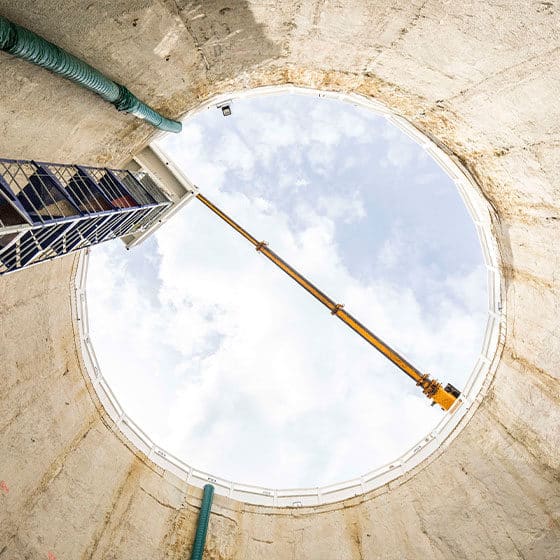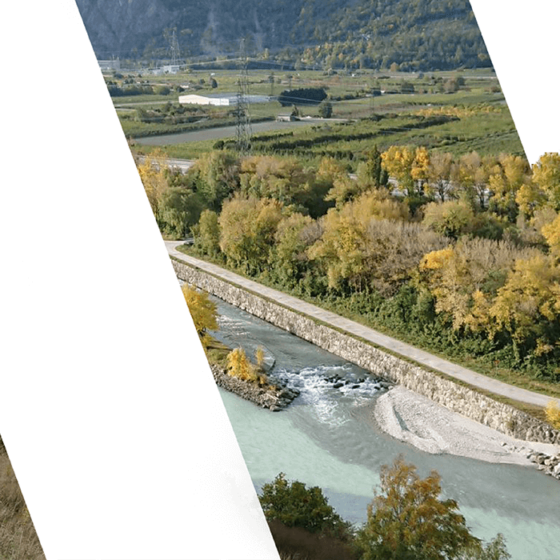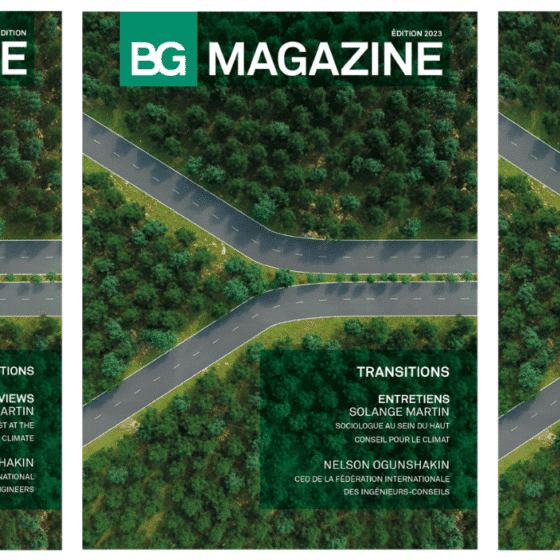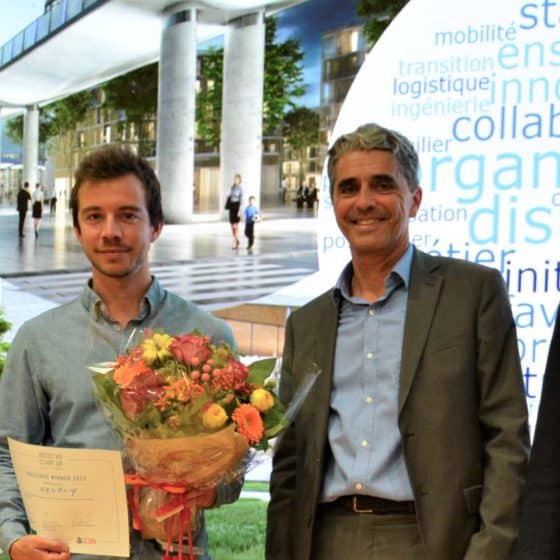Line 18 of the Grand Paris Express: its social, urban, environmental and economic impact
Among the major projects of the GPE (Grand Paris Express), line 18 is is emblematic of the desire of the Paris region’s mobility authorities to bring remote communities closer to economic development hubs. This new route will revitalise the south of Paris and connect strategic sites, including higher education establishments and research centres, as well as economic development hubs. BG is the authorised representative for the Link18 consortium, which is advising the contracting authority on this flagship project of the future Paris metro network.
The Grand Paris Express is predominantly an urban rail bypass of the Paris conurbation. Line 18, in the south-western section of this network, will facilitate travel for the inhabitants of Essonne and Yvelines thanks to its numerous connections. Its route from Orly to Versailles runs through areas that are strategic for the country’s technological and economic development. It will link suburban areas which until now were only served if travellers transited through Paris.
One of the objectives of the GPE project, in particular line 18, is to open up towns whose inhabitants are currently located far from employment and training opportunities. One major challenge is to maintain a balance between the expected social and economic benefits and the need to limit negative impacts, e.g. the need to preserve the sites through which line 18 passes both during construction and once it is operational. It has therefore been designed using the principle of ERC, namely Éviter, Réduire, Compenser (Avoid, Reduce, Compensate). The construction site crosses fields and agricultural land that are important for the region, so the central section – representing one-third of the total route, will be served by a viaduct.
As with any public transport project, this line also represents a real alternative to the car. The project will therefore encourage the emergence of environmentally friendly mobility (walking, cycling), especially as it is accompanied by developments around the stations, incorporating housing, offices, shops, services, public spaces and green areas. With this project, we have come a lot closer to the 15-minute city, a concept that advocates organising the city so that most services are located within a one-kilometre radius. BG is committed to this town and country planning approach, seeking the best balance between people and the environment.
Key figures
■ Infrastructure: the line will be 35 km long and will serve 10 stations (3 above ground, 7 underground).
■ Performance: the line will be fully automated (driverless trains), enabling an average speed of 65 km/h, a journey time estimated at less than 32 minutes from one end of the line to another.
■ Line 18 is expected to transport nearly 110,000 passengers per day, crossing 13 municipalities in 3 départements.
■ As a strategic element of the GPE, with a proposed extension to La Défense after 2030, the line 18 project has an initial budget estimated at 2.7 billion euros.



(Article taken from BG Magazine 2022, updated version on the site)









